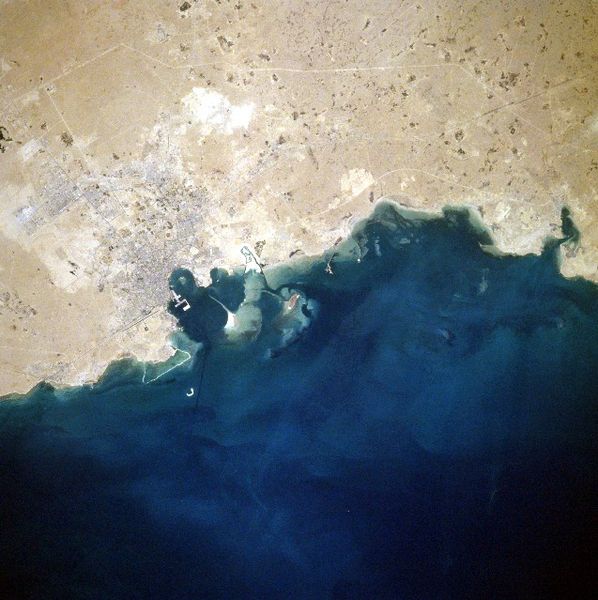Billions needed for climate change finance could be found at Doha negotiations
By 2020 there should be $100bn of climate finance flowing into projects to slash emissions in developing countries and to protect the most vulnerable nations from the effects of climate change.


By 2020 there should be $100bn of climate finance flowing into projects to slash emissions in developing countries and to protect the most vulnerable nations from the effects of climate change.
That means renewable power projects on land and sea, mega-city scale energy efficiency roll-outs, flood prevention systems, intelligent agriculture, solar powered desalination, restoring degraded lands and protecting biodiversity; our natural toolkit.
The next tangible progress in policy and legislation will come at the next round of the UN climate change negotiations in Doha in November. The Bonn workshop provided some groundwork and some pointers as to what might be achieved in Doha, an example being that no single source of finance, public or private, can deliver the speed and scale of change required to restrict warming to 2°C and stop climate impacts taking the wind out the sails of development in the world’s poorest nations.
A less obvious point is that the delicate process of agreeing cuts to greenhouse gas emissions (GHGs) for all nations (the Durban Platform), hinges on developing nations having the confidence that sufficient support for their efforts in this regard will be in place. Without it they simply won’t sign any legally binding agreement to cut emissions.
All eyes are now turned to Doha where more work will be done to kick-start the Green Climate Fund (GCF), the mechanism that, once finished, will process the billions of dollars needed.
Doha
Steve Herz, senior attorney with the Sierra Club and a co-chair of the Climate Action Network’s (CAN) finance group suggests a 50:50 split between money allocated for mitigating and adapting to climate change. This might not be so straightforward.

Increasing the proportion of private sector money could have a direct effect on the mitigation/adaptation split as private sector could be more receptive to investing in emerging markets and middle income countries than in the least developed countries. Getting the private sector involved at a larger scale is a challenge in itself however.
Erik Jan Stork, Senior Sustainability Specialist at APG Asset Management who is also on the steering committee of the Institutional Investors Group on Climate Change (IIGCC) says things are improving in the renewable energy sector but plenty of work remains. Technology risk is improving significantly but policy risk to investing in renewable energy projects remains, therefore investors require guarantee mechanisms to reach the levels of private investment required.
APG looks after more than $300bn of assets and is already making serious sustainable investments.
At the workshop Stork reiterated the importance of a strong and sustained price on carbon in order for finance to flow to the Clean Development Mechanism (CDM), the system for industrialised countries to establish projects overseas to offset emissions at home. A low carbon price means lower returns and less incentive for businesses to take part.
New sources of investment at Doha
The campaign to end fossil fuel subsidies has near unanimous support from civil society but turning these subsidies off like a tap could have negative consequences for some, as was pointed out in Bonn.
However, Herz points out that when they were first discussed by the G20 in Pittsburgh in 2009, this was well understood and targeting the rich was part of the theory,. He suggested that ending subsidies on Kerosene, which millions of people still rely on for lighting and cooking, would be unwise.
The financial transaction tax (FTT) or the Robin Hood tax as it commonly referred to, would see a small percentage tax placed on financial trades. Nine of the EU’s 27 members have agreed to apply one. Getting 195 parties to sign-up to one is “impossible” as one delegate said during the work shop.
The added benefit of fossil fuel subsidies and charging a levy on emissions from shipping and aviation however, is that both of these would also ultimately lead to cuts in emissions. A FTT cannot claim to do the same.

Home sweet home
One issue surrounding the GCF that is almost certain to be decided in Doha, is the location of the headquarters for the new organisation. Six countries including South Korea, Germany and Poland are in the running.
Wherever the fund ends up, there are more complicated, and more pressing, issues to be addressed in Doha. With the fund’s overarching structure largely settled, there will be time later for the flesh to be added to the bones.
Image 01 - Doha corniche. RajeshUnuppally.
Image 02 - Doha aerial photograph. wikipedia:en.
Image 03 - Aspire Park, Doha. Harri J.






